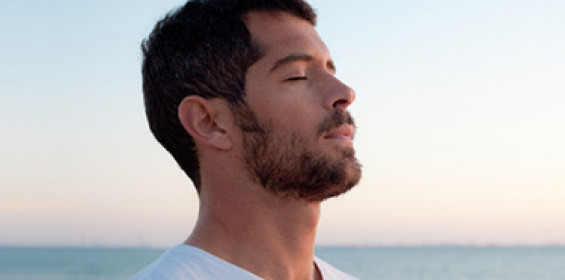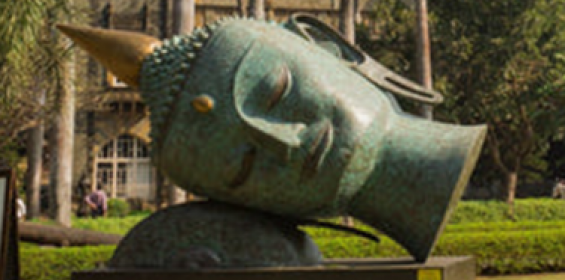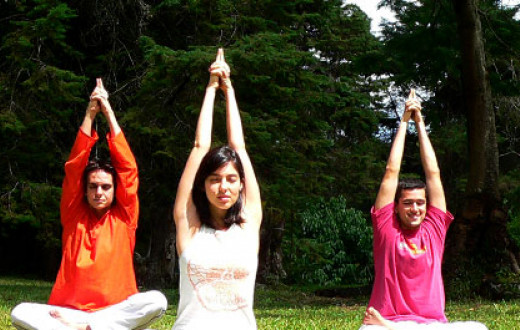Do you feel dizzy looking down from a hilltop? You may have the fear of heights and not vertigo! While many people with vertigo complain of dizziness, both vertigo and dizziness feel slightly different.

So what is vertigo exactly? Vertigo feels like you are still, but the environment is spinning around you, and the feeling could be short or long-term. Mainly caused by an inner ear problem, vertigo could also occur if there is some issue with the brain, say an infection, tumor, or migraine. It affects 4 in 10 people, mostly elderly people, and is more frequent in women than men. Let’s take a look at some of the common causes of vertigo.
What Causes Vertigo?
Benign Paroxysmal Positional Vertigo (BPPV)
This condition implies that your inner ear canal is blocked, which causes vertigo. The inner ear canal sends signals to the brain about movements relating to gravity and also regulates the body balance. And when tiny calcium deposits clump this inner ear canal, you start feeling dizzy. A person with BPPV experience vertigo when they tilt their head, lie down, or sit up from bed.
Meniere’s Disease
Some fluids build up inside the ear due to some reaction or infection and may cause a pressure change in the ear. People experiencing this type of vertigo feel sensations of ringing in the ears(tinnitus), temporary hearing loss, or feeling full in the ear.

Vestibular Neuritis
Inflammation of the nerves around the inner ear due to viral infection can cause vestibular neuritis. People experiencing vertigo due to this mostly feel nauseous or get blurred vision.
Other causes
Some other causes, like cervical spondylitis and sinusitis, also cause vertigo symptoms in the elderly. Postural defects, sudden changes in bodily movements, syphilis, brain stem disease, and ear surgery are some other factors that could cause vertigo.
Symptoms of Vertigo
Spiralling
Tipping
Swaying
Loss of balance
Feeling like pulled
Headache
Ringing-like sound in ears
Vomiting
The symptoms could recur every few hours.

How do you Treat Vertigo?
Following are some ways that can help you treat vertigo:
Nadi Shodhan
Nadi Shodhan Pranayam helps clear the blockage from the energy channels, thereby enhancing the oxygen flow to all body parts. It helps calm the mind, relaxes the body, and maintains the body temperature. A balance in the nervous and respiratory systems improves the chances of curing vertigo.

Stretching Exercises
Neck and hand rotations are parts of sukshma kriya in yoga and greatly help relax the stiff muscles of the body. These simple stretching exercises prevent stress and anxiety, control blood pressure, and help cure vertigo.

Kapalbhati
Every part of the body is connected to the other, which is a driving factor in curing any disease. Your emotions drive your breathing flow and also impacts your overall fitness. By controlling the breath flow through Kapalbhati, one can clear energy channels, relax better and improve response to situations.
Karna Randhra Dhauti
The method to safely clean ear wax without using any dangerous substances is called Karna Randhra Dhauti. To perform this kriya, gently massage the sides of your face with your fingertips. Working in a U-shape, you should target the area between the ear and the cheek and direct it outwards. Insert your clean little finger and move its tip in a circular motion against the ear walls. Now remove your finger with the extra wax. Many times, the wax dries and falls off itself. This process not just protects the ear against infection and cures vertigo, but it also helps in keeping yourself hygienic and relaxed.

Other Measures
Several other pranayamas for the ear help cure vertigo, such as Bhramari, Shunya mudra, Kumbhak, Viparita Karani, Matsyasana, etc. Research suggests that practicing Sudarshan Kriya regularly enhances the body’s immunity and treats many issues, including vertigo.
“When an illness arises, it comes first in the thought form, then the sound form, and then the light form, which is in the aura. It is only then that the illness manifests in the body. With the practice of Ayurveda, the illness can be nipped in the bud.”
-Gurudev Sri Sri Ravi Shankar
Based on inputs by Pooja Venugopal, Faculty, Sri Sri Yoga
Written by Supriti Tripathy
FAQ on Vertigo
For best results in treating vertigo, it's good to avoid forward bends and downward facing poses. Also, to stop feeling dizzy, take your time with every posture, and do not hurry.
Vertigo may not be caused by your food habits but can surely be triggered by it. Fried and processed food, bread, and pastries, fermented food are some food items that can increase the conditions of vertigo.
Yes, vertigo can be temporary or permanent. Untreated ear infections and a head or neck injury could be the reasons for chronic vertigo. Physical therapy, yoga, and pranayama could provide some relief against the conditions of long-term vertigo.


































